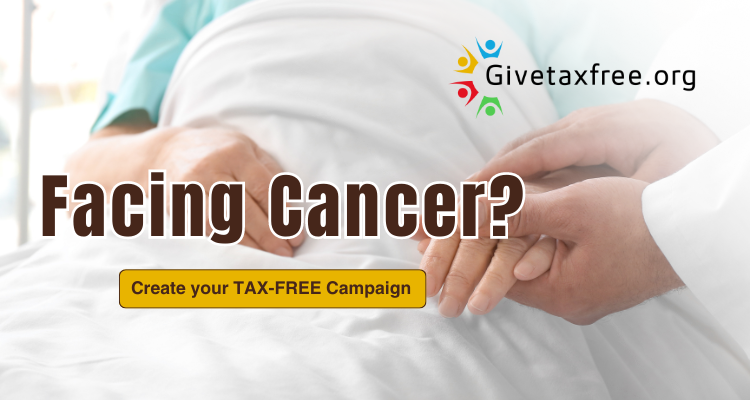What creams are best for pigmentation?
There are many ingredients that can reduce unwanted pigmentation. Their success is largely dependent on the cause of pigmentation. Look for the following ingredient list:
Hydroquinone (HQ) is the strongest anti-pigment ingredient. OTC is maximal at 2%, some OTC mask formulations in Australia contain up to 8% Hydroquinone. Dermatologist prescribed creams range between 3 to 10%. In some cases we add tretinoin & an anti-inflammatory with HQ to give Kligman’s formulation. HQ use should be supervised as there are long term side effects.
Vitamin C or ascorbic acid is another pigment buster. It acts in two ways, first as a protectant of UV (free radical scavenger), secondly as a molecule that blocks formation of pigment (tyrosinase inhibitor). Formulations range from 5 to 20%, with L-ascorbic acid being the most powerful isomer. This ingredient should be used in extreme caution in patients with sensitive skin, including eczema, rosacea & acne.
Arbutin can decrease pigmentation as it is an enzyme blocker. There are two forms of this molecule, alpha arbutin, manufactured in a laboratory & beta arbutin, found naturally in many botanicals. This compound is regulated in Australia. There are no long term side effects of this compound, even though it gets converted to hydroquinone.
Kojic acid: Is found naturally. Concentrations range from 1-3%, any higher & the risk of irritant & allergic contact dermatitis exponentially increases. Kojic acid is found naturally & is the most popular skin brightener & whitener in Asian countries. In conservative concentrations there are no issues regarding long term use. This is one of my favourite ingredients to use during the off cycle of hydroquinone.
Azelaic acid: Again this is found in nature. It decreases inflammation & reduces pigment production via the tyrosinase enzyme pathway. Concentrations vary between 10 to 20%, with the gel formulation being the most stable. Super safe ingredient make this the number one choice for treating acne, PIH, & melasma in pregnancy.
Citric, Lactic & Glycolic Acids: These are AHA’s or alpha hydroxy acids & function as a chemical exfoliant. Concentrations range between 2 to 15% in a buffered base with pH of greater than 3.5. No neutralisation is required for OTC creams, lotions, gels & washed.
Botanicals: This group of pigment correctors include bearberry, cranberry, liquorice root extract, ginseng, green tea, & flavonoids. The most studied plant based products for pigment is liquorice root. These natural molecules are invaluable in dermatology, used most often during the off cycle of hydroquinone.













![First ‘personalised’ melanoma skin cancer vaccine trial under way in UK | BBC News [Video]](https://crowd-funding.givetaxfree.org/wp-content/uploads/2024/04/mp_257571_0_0jpg.jpg)
![World Health Organization Special Envoy Vanessa Kerry on Climate Change as a Global Health Crisis [Video]](https://crowd-funding.givetaxfree.org/wp-content/uploads/2024/04/mp_255869_0_0jpg.jpg)
![Dr Pimple Popper on Acne Keloidalis [Video]](https://crowd-funding.givetaxfree.org/wp-content/uploads/2024/04/mp_256465_0_0jpg.jpg)
